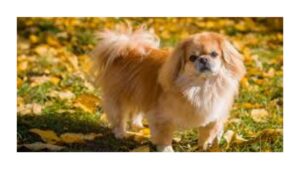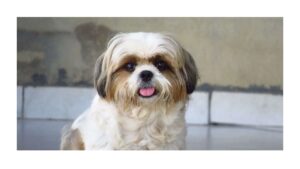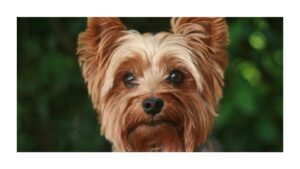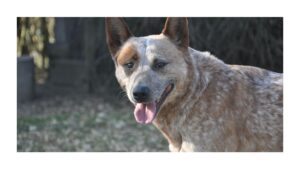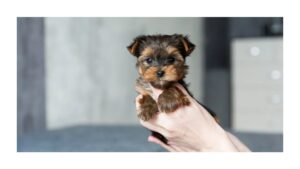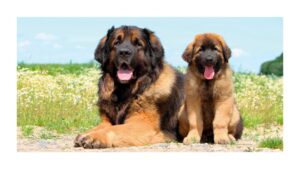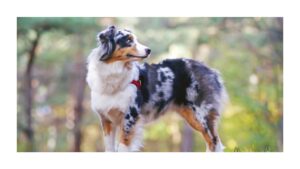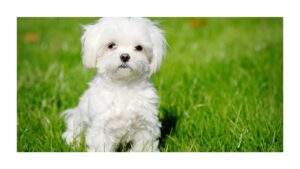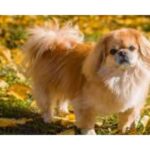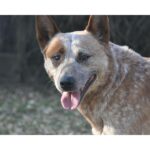The Pekingese, with its regal history, distinctive appearance, and unique personality, is a breed that has fascinated dog lovers for centuries. Known for its lion-like mane and affectionate nature, the Pekingese has long been associated with royalty, especially in China, where it was once revered as a sacred companion to the Imperial family. In this comprehensive guide, we will delve into the history, characteristics, care requirements, health concerns, and tips for owning a Pekingese, providing a detailed resource for potential owners and enthusiasts alike.
History of the Pekingese
The Pekingese breed dates back over 2,000 years and is one of the oldest toy breeds in existence. Originating from China, the breed’s name comes from the capital city of Beijing (formerly known as Peking). The Pekingese was once the companion of Chinese emperors and nobility, often pampered and adored. These small yet dignified dogs were said to resemble lions, which are considered symbols of protection in Chinese culture, thus earning them a sacred status.
In the early days, the Pekingese were highly prized by the Chinese Imperial court. The Emperor’s family was said to have a collection of Pekingese dogs, and their role was both as companions and as royal protectors. They were often housed in luxury, and only the nobility were allowed to own them. It wasn’t until the mid-19th century that the breed was introduced to the West, after British soldiers acquired some Pekingese during the Second Opium War (1856-1860).
Physical Characteristics
The Pekingese is a small, sturdy dog, weighing between 7 to 14 pounds, with a long, flowing double coat. Its most striking feature is its lion-like mane of hair around its neck, which adds to its majestic appearance. The coat comes in a variety of colors, including gold, black, sable, and brindle, but the most common are shades of red, cream, or fawn.
The Pekingese has a flat face (a brachycephalic structure), which gives it a distinctive “pushed-in” look. This, combined with its large, dark eyes and compact body, gives the Pekingese an almost “imperial” appearance. The breed’s small stature and overall build make it a toy dog, despite its proud, regal demeanor.
Temperament and Personality
Pekingese dogs are known for their dignified, independent nature. They are often described as having a “royal” attitude, and they typically act with a quiet confidence that makes them stand out from other breeds. While they are affectionate with their family members, they tend to be aloof and reserved around strangers, making them excellent watchdogs.
Though they are not overly playful, Pekingese are loyal companions who enjoy sitting on their owners’ laps and being pampered. They form strong bonds with their families and can become very attached to their primary caregiver. However, their independent streak means that they may not always seek constant attention or affection. They are well-suited for owners who appreciate a more laid-back, less demanding pet.
Pekingese can also be quite stubborn. Their independent nature means they may not always follow commands, making training a bit of a challenge. However, with patience, consistency, and positive reinforcement, Pekingese can learn basic commands and develop good behavior.
Caring for a Pekingese
The Pekingese may be a small dog, but it has certain care requirements that must be met to keep it happy and healthy. Here are some key factors to consider when caring for a Pekingese:
1. Grooming Needs
The Pekingese has a long, flowing double coat that requires regular grooming to prevent matting and tangling. Daily brushing is ideal to keep the coat in top condition, and it is essential to use a wide-toothed comb or a special dog brush designed for long-haired breeds. Additionally, regular baths are recommended, but be sure to use a mild shampoo to avoid irritating the dog’s sensitive skin.
The breed’s facial folds also need attention. The wrinkles around the Pekingese’s nose should be cleaned and dried regularly to prevent moisture buildup, which could lead to skin infections. Be sure to check the eyes for discharge as well, as Pekingese are prone to eye problems such as dry eye and conjunctivitis.
2. Exercise Requirements
Though the Pekingese is not an energetic breed, it still requires some daily exercise to maintain a healthy weight and overall well-being. A couple of short walks per day and time for play are usually sufficient. Because of their short snouts, Pekingese are prone to breathing difficulties, so it’s important not to overexert them, especially in hot weather.
3. Diet and Nutrition
Like most small dogs, Pekingese have a delicate digestive system. It’s essential to provide them with high-quality dog food that meets their nutritional needs. Due to their small size, it’s important to measure their portions to prevent overfeeding, which could lead to obesity—a common health concern for Pekingese.
Some owners prefer feeding their Pekingese a mix of wet and dry food, but always ensure the food is appropriate for their age, size, and health status. Fresh water should always be available to keep them hydrated.
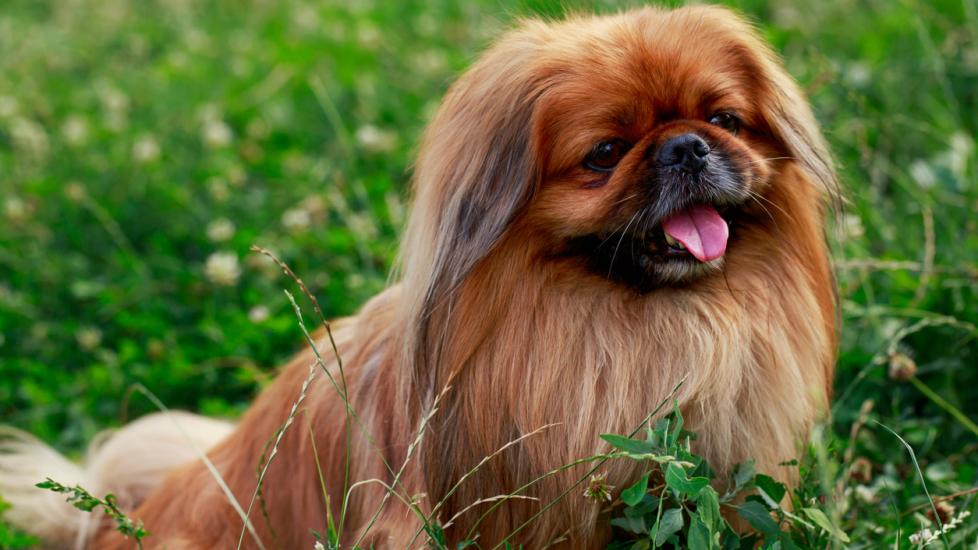
Health Considerations
While Pekingese are generally healthy dogs, they are prone to a few health issues due to their distinctive physical traits. It’s essential for potential owners to be aware of these conditions and to seek regular veterinary care to maintain the health of their pet.
1. Brachycephalic Syndrome
Due to their flat faces, Pekingese dogs are prone to brachycephalic syndrome, a condition that affects dogs with short noses. This can cause breathing difficulties, especially in hot or humid weather. Owners should avoid strenuous exercise and ensure their Pekingese is kept cool during the summer months. Additionally, it’s essential to monitor them for signs of respiratory distress, such as labored breathing or excessive panting.
2. Eye Problems
The Pekingese is also predisposed to eye problems, including dry eye (keratoconjunctivitis sicca), cherry eye, and entropion (a condition where the eyelids roll inward). Regular check-ups with a vet and early intervention can help prevent or manage these conditions.
3. Spinal Issues
Due to their compact body and short legs, Pekingese can be susceptible to spinal problems, including intervertebral disc disease (IVDD). IVDD occurs when the discs in the spine degenerate or become herniated, causing pain and mobility issues. It’s important to avoid activities that could strain the dog’s back, such as jumping from high places.
4. Obesity
Pekingese are prone to gaining weight, especially if they are not given enough exercise or are overfed. Obesity can lead to additional health problems, including joint issues and heart disease. Keeping a healthy diet and providing regular, moderate exercise are vital for preventing this condition.
Training and Socialization
Training a Pekingese can be a bit challenging due to its independent nature. However, they are intelligent and can learn basic commands when approached with patience and positive reinforcement. It’s important to start training early and use consistent methods to ensure good behavior.
Socialization is also crucial for Pekingese. While they tend to be aloof with strangers, early socialization with other pets and people can help them become well-adjusted and friendly dogs. Positive interactions during puppyhood can reduce the likelihood of fear-based aggression and improve their comfort with new experiences.
Conclusion
The Pekingese is a charming, dignified companion that makes an excellent pet for individuals or families who appreciate a smaller, independent dog with a strong sense of personality. While the breed may require more grooming and medical care due to its unique characteristics, it offers a loyal and loving bond with its owner. If you’re considering bringing a Pekingese into your home, be prepared for regular grooming, a balanced diet, and ongoing veterinary care. With the right care, the Pekingese will thrive and continue to be the loyal, regal companion it has been for centuries.


